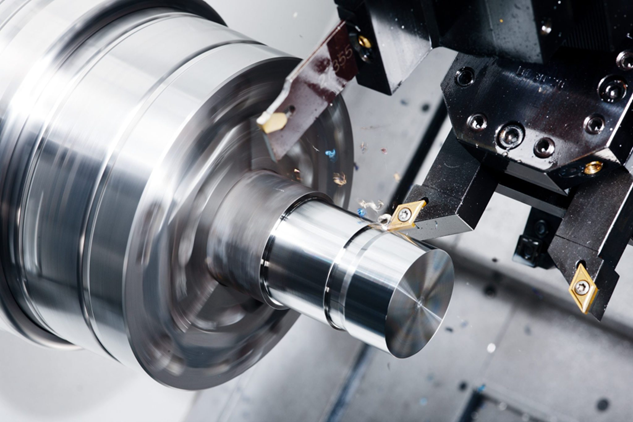News
Cost Reduction Without Compromising Quality: A Practical Guide to Procuring Precision Machined Parts
 date:2025-06-12
date:2025-06-12 click:
click: "Reducing Costs Without Compromising Quality: A Practical Guide to Procuring Precision Machined Parts"
Amid growing cost pressures in the manufacturing industry, balancing cost control with quality requirements has become a key challenge for buyers. Based on interviews with over 20 premium suppliers in the Yangtze River Delta and Pearl River Delta, as well as insights from multinational procurement practices, we present a "cost-performance optimal solution" methodology for precision machined parts.
1. Material Selection: Savings Start at the Source
Scientific Approaches:
Functional Substitution: Replace 7075 aluminum alloy with 6061 aluminum alloy under suitable conditions (25% cost difference).
Specification Optimization: Use standard-sized raw materials to save 15-20% on material costs.
Batch Management: Centralize procurement for six months to secure an 8-12% discount.
Expert Reminder:
"Avoid solely pursuing low-cost materials. One company faced a threefold increase in repair costs after using non-standard copper alloys that reduced part lifespan by 70%."
— Professor Li, Tsinghua University Materials Science Department
2. Process Optimization: Intelligent Cost Reduction
(To be detailed for specific machining processes and tools.)
3. Supplier Selection: The Three-Tier Verification Method
Gold Standards:
Equipment Audit: Require suppliers to provide a spindle radial runout test report (≤0.003mm).
Process Validation: Randomly select three processes for CPK value measurement (≥1.67).
Blind Sample Testing: Send the same blueprint to three suppliers for sample production and comparison.
4. Empowerment with Digital Tools
Cost Control Tools:
Cloud Quotation Platforms: Automatically generate cost analysis by uploading drawings (e.g., Xometry instant quoting system).
Smart Scheduling Software: Consolidate multiple orders for machining to save 22-35% on machine hours.
AR Remote Factory Inspection: Verify supplier production capabilities without travel expenses.
5. Long-Term Collaboration Strategies
Win-Win Models:
Tiered Rebates: Offer a 3-5% rebate for annual procurement exceeding 3 million RMB.
Technology Bundling: Share patents with suppliers, reducing precision gear machining costs by 28% in one example.
Futures Lock-In: Pre-order materials like stainless steel six months in advance to mitigate price volatility.
This comprehensive approach offers actionable strategies for buyers to achieve cost savings without sacrificing quality, ensuring sustainable and mutually beneficial supplier relationships in the precision machining sector.

"Cost-saving is not simply about price reduction; it’s about systematic optimization through value engineering," noted global procurement expert Mark Johnson. By leveraging material science, process innovation, and digital tools in a coordinated manner, companies can achieve 20-40% cost optimization while maintaining micron-level precision. In the field of precision machining, true cost-effectiveness always stems from the synergy between professional expertise and commercial acumen.



 Previous:A New Path to Green Sustainabi
Previous:A New Path to Green Sustainabi Back
Back